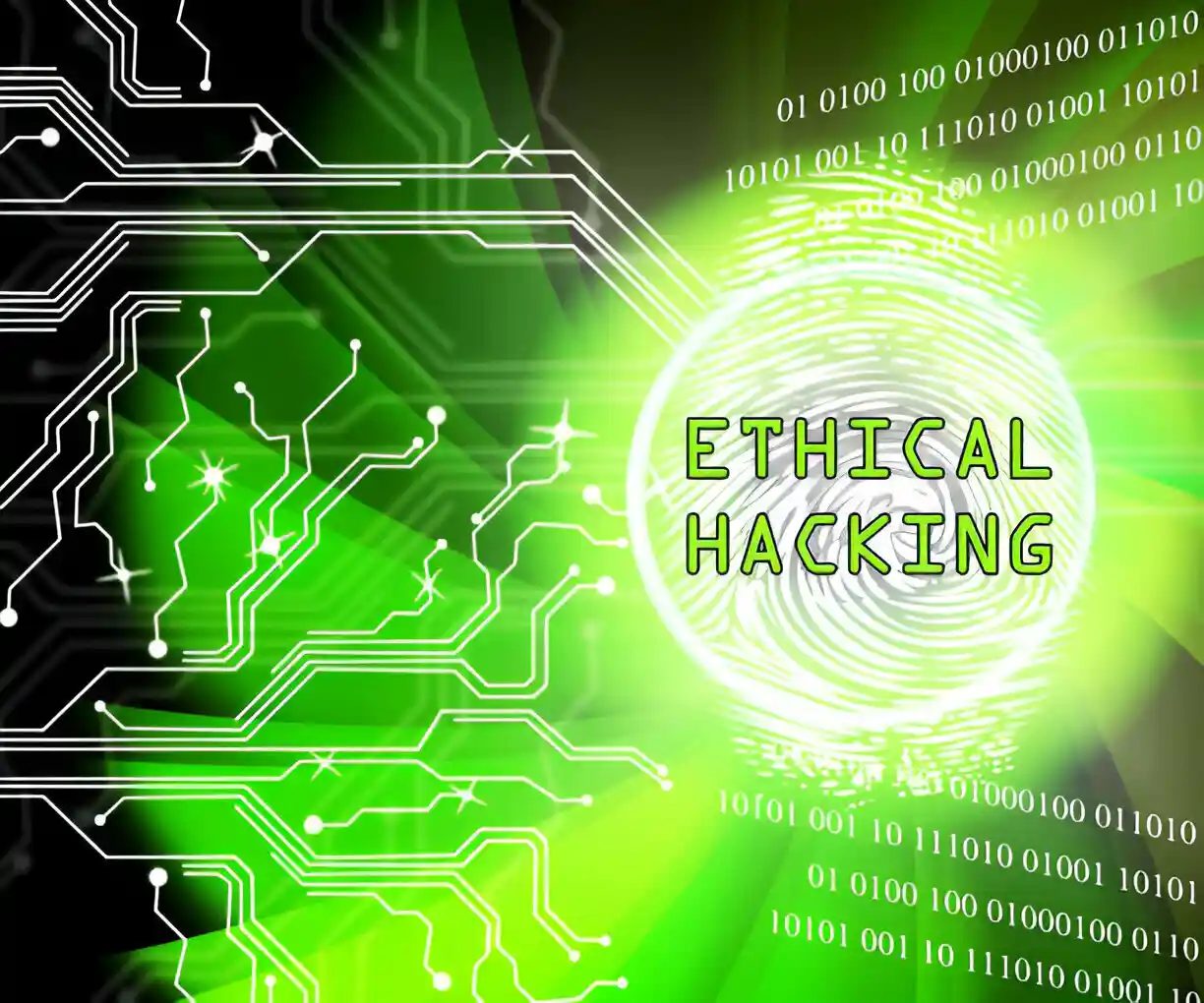“Ethical Hacking Essentials” (EHE) likely refers to a course, certification program, or set of resources aimed at individuals interested in learning about ethical hacking. Ethical hacking, also known as penetration testing or white-hat hacking, involves legally and ethically identifying vulnerabilities in computer systems, networks, and applications to improve their security posture.
Here’s an outline of what such a program might cover:
- Introduction to Ethical Hacking: This would provide an overview of ethical hacking, its importance in cybersecurity, and the legal and ethical considerations involved.
- Information Gathering: Techniques for gathering information about target systems, networks, and applications. This could include passive reconnaissance (e.g., researching publicly available information) and active reconnaissance (e.g., scanning for open ports and services).
- Footprinting and Scanning: Methods for footprinting target systems to discover potential entry points and vulnerabilities. This may involve network scanning, enumeration of services, and identifying weak points in the system architecture.
- Vulnerability Assessment: Techniques for identifying and assessing vulnerabilities in target systems and networks. This could include using vulnerability scanners, manual testing methods, and analyzing system configurations.
- Exploitation: Understanding how to exploit discovered vulnerabilities to gain unauthorized access to systems or data. This involves using tools and techniques to leverage identified weaknesses and vulnerabilities.
- Post-Exploitation: Once access is gained, understanding how to maintain access, escalate privileges, and exfiltrate data without causing damage. This involves understanding the tactics, techniques, and procedures (TTPs) of attackers after they’ve compromised a system.
- Ethical Hacking Tools and Frameworks: Familiarization with popular tools and frameworks used in ethical hacking, such as Metasploit, Nmap, Wireshark, Burp Suite, and others.
- Reporting and Remediation: Communicating findings effectively through comprehensive reports and collaborating with stakeholders to address and remediate identified vulnerabilities.
- Legal and Ethical Considerations: Understanding the legal and ethical boundaries of ethical hacking, including compliance with laws and regulations, adherence to ethical standards, and respect for privacy and confidentiality.
- Continuous Learning and Improvement: Emphasizing the importance of ongoing education, staying updated on emerging threats and techniques, and continuously improving skills in ethical hacking and cybersecurity.
Overall, an Ethical Hacking Essentials program would equip individuals with the knowledge, skills, and tools needed to conduct ethical hacking engagements responsibly and effectively, contributing to the overall security of organizations and systems.
